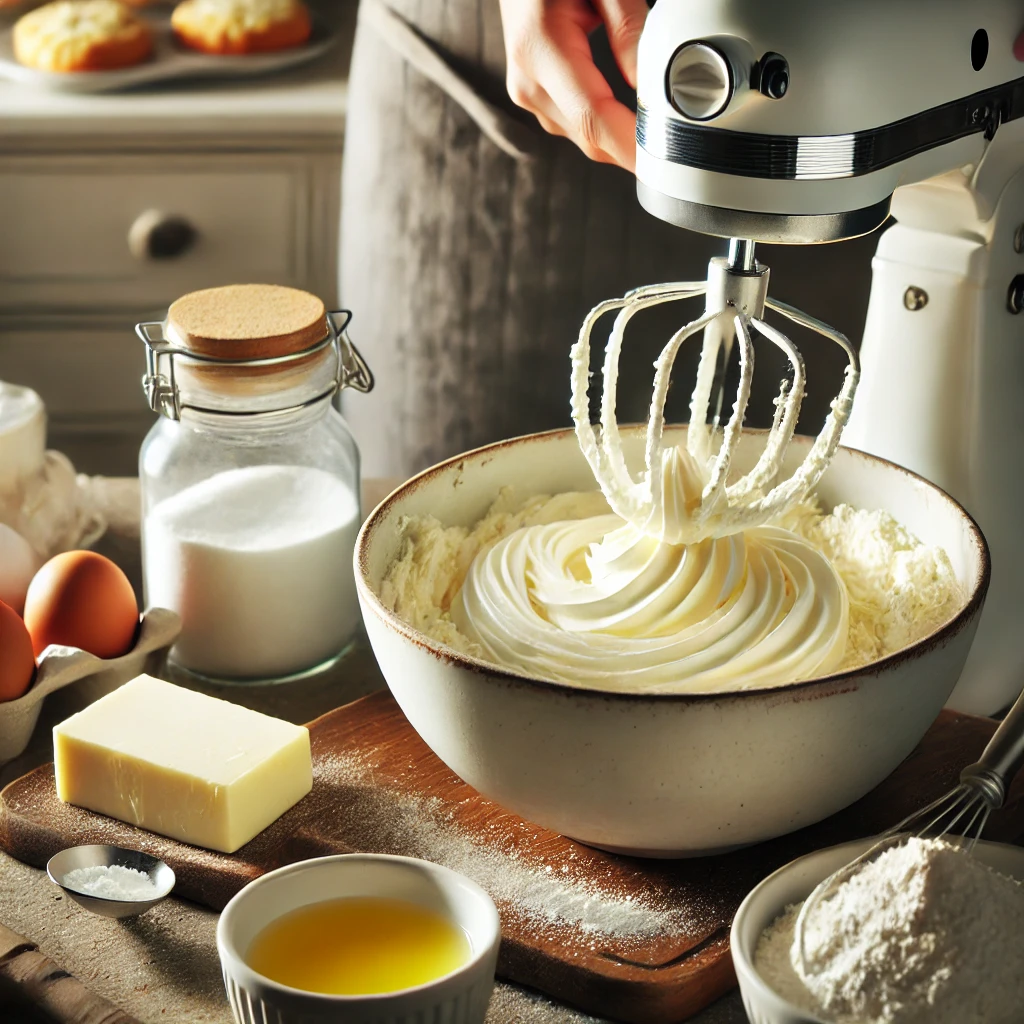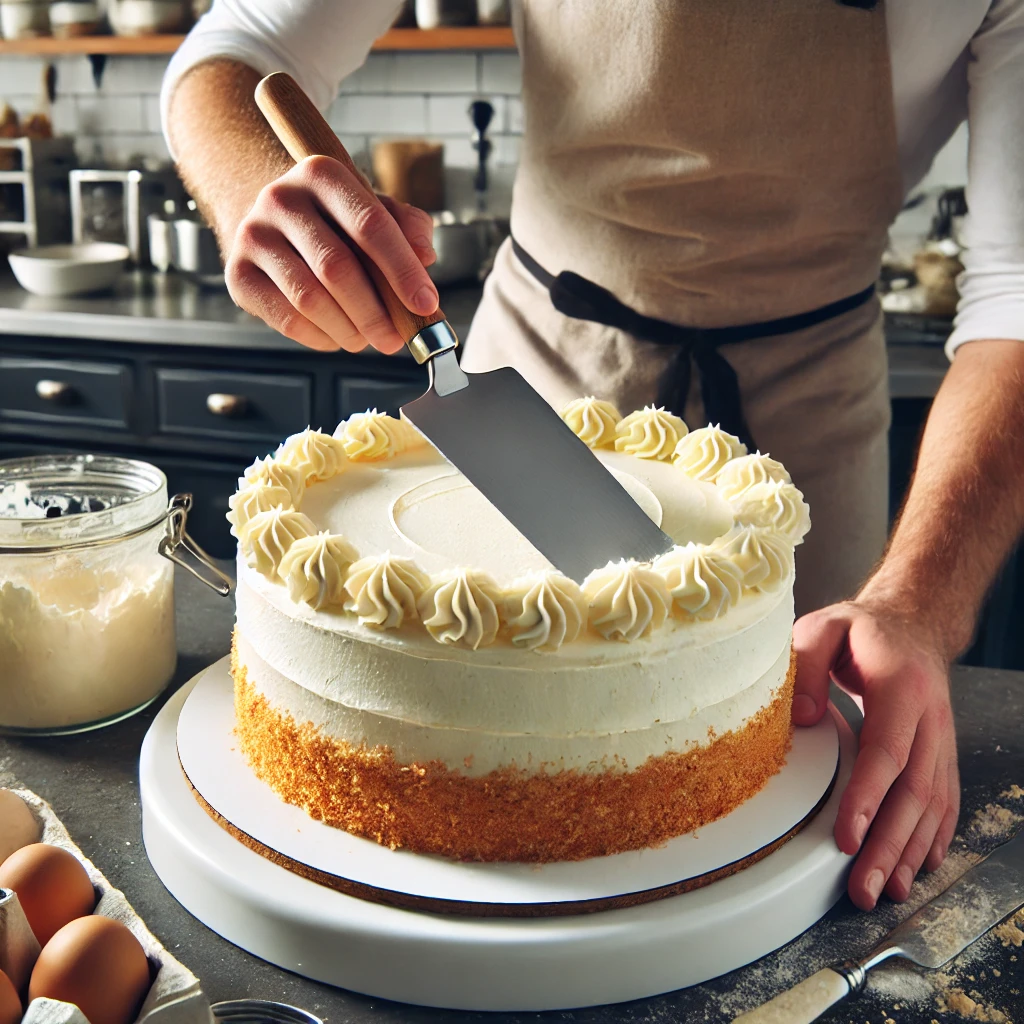Crumb coating is an essential technique in cake decorating, especially when you want to achieve a smooth surface before applying the final layer of frosting. If you’re wondering, can you do a crumb coat with cream cheese frosting? The answer is absolutely yes! Cream cheese frosting is a fantastic option for crumb coating, as it adds both flavor and texture to cakes like carrot cake or red velvet.
Why Use Cream Cheese for Crumb Coating?

Cream cheese frosting not only brings a unique, rich, tangy flavor to your cakes, but it also provides a smooth texture for crumb coating. However, because it’s a perishable ingredient, it’s important to refrigerate your cake after applying the crumb coat to prevent the frosting from softening. In fact, adjusting the consistency of the frosting by adding more powdered sugar can be extremely helpful, especially for cakes that require a denser and more stable frosting, such as pound cakes. Additionally, if you’re baking pound cake, you’ll want to make sure it stays moist and delicious. To help with this, you can refer to how to keep pound cake from being dry for more tips.
Furthermore, cream cheese frosting often gets compared to buttercream when it comes to crumb coating. While buttercream is commonly used due to its consistency, cream cheese offers a tangier alternative that pairs perfectly with lighter cakes. For those who are curious, learning why cream cheese pound cakes sometimes fall can also be beneficial. You can find more information on this topic in the article Why does my cream cheese pound cake fall?
Preparing the Cream Cheese Frosting for Crumb Coating
Before you begin, you’ll want to make sure your cream cheese frosting is prepared properly. Here’s a simple recipe that will help you achieve the perfect crumb coat:
Ingredients:
- 1 cup softened cream cheese
- 1/2 cup softened butter
- 4 cups powdered sugar
- 2 teaspoons vanilla extract
Instructions:
- First, beat the softened cream cheese and butter together until the mixture is smooth.
- Next, gradually add the powdered sugar, mixing until the frosting reaches a thick consistency suitable for crumb coating.
- After that, stir in the vanilla extract for flavor.
- Finally, if necessary, add more powdered sugar to make the frosting stiffer for an even better crumb coat.
For those who enjoy adding a touch of zest to their frosting, using citrus flavors can really elevate the taste. However, it’s important to note that lemon juice can sometimes cause the frosting to split. If this happens, you can find useful tips on how to avoid it by checking does lemon juice splits cream cheese.
Step-by-Step Guide to Crumb Coating with Cream Cheese Frosting
Once your frosting is ready, it’s time to apply the crumb coat. Here’s a step-by-step guide to help you do it effectively:
1. Prepare the Cake
To begin with, make sure your cake layers are leveled and completely cooled. If the cake is still warm, the frosting may melt, which could ruin your crumb coat.
2. Applying the Crumb Coat
- First, use an offset spatula to spread a thin layer of cream cheese frosting over the top and sides of the cake.
- Then, smooth out the layer, ensuring you cover any exposed crumbs.
3. Setting the Crumb Coat
- Once the crumb coat is applied, refrigerate the cake for at least 30 minutes. This allows the frosting to firm up, making it easier to apply the final layer without disturbing the crumbs.
4. Applying the Final Layer

- After the crumb coat has set, apply a thicker final layer of cream cheese frosting. If you’re looking for additional inspiration on cake decorating, consider adding elements like a cream cheese crumb cake topping for a creative twist. If you’re interested in new ideas, check out the delicious strawberry pie and cream cheese crumb cake recipe for more inspiration.
Troubleshooting Crumb Coating with Cream Cheese
Even though cream cheese frosting works well for crumb coating, you may still encounter a few challenges. Here are some common issues and how to resolve them:
- Frosting too soft: If your frosting is too soft, add more powdered sugar to thicken the consistency.
- Crumb coat not setting: Make sure you refrigerate the cake long enough to allow the frosting to firm up properly.
- Frosting sliding off the cake: Always ensure the cake is completely cooled before applying frosting, as warm cake can cause the frosting to melt.
FAQs on Crumb Coating with Cream Cheese
Can You Crumb Coat a Cake with Cream Cheese Frosting?
Yes, cream cheese frosting works perfectly for crumb coating as long as you refrigerate the cake afterward to prevent the frosting from softening.
How Long Should You Let the Crumb Coat Set?
It’s recommended that you refrigerate the crumb-coated cake for at least 30 minutes. This will allow the frosting to firm up before you apply the final layer.
Do You Need a Special Recipe for Cream Cheese Crumb Coating?
No, you don’t need a special recipe, but it’s important to thicken the frosting with powdered sugar to make it more suitable for crumb coating.
Can You Crumb Coat a Frozen Cake with Cream Cheese Frosting?
Yes, crumb coating a frozen cake is actually a great idea because the cake will be more stable, making it easier to apply both the crumb coat and the final layer of frosting.
By following these steps, you can successfully use cream cheese frosting for crumb coating, ensuring that your cakes have a smooth, professional finish. Moreover, for more delicious cream cheese-based desserts, try the refreshing cream cheese lemonade pie, a delightful no-bake option for any occasion.
